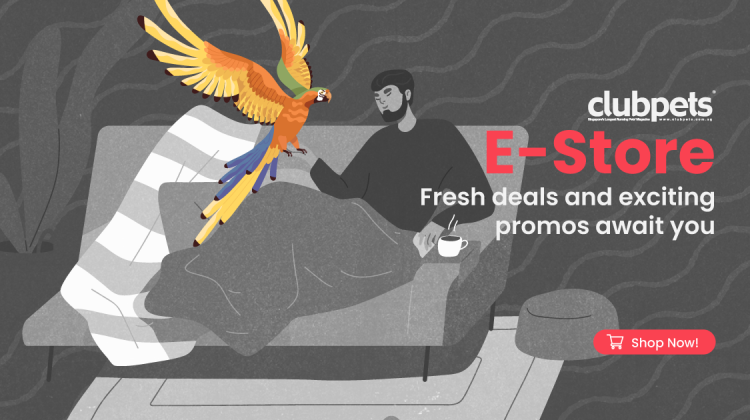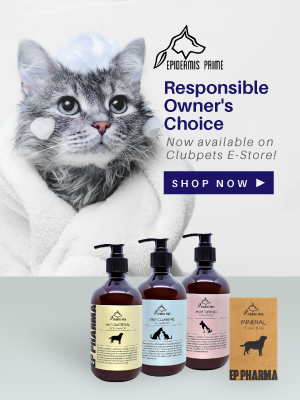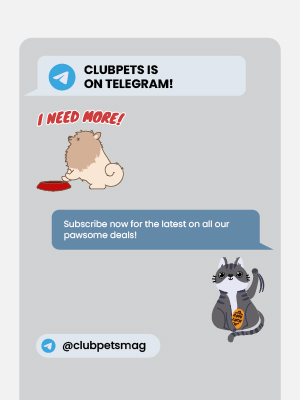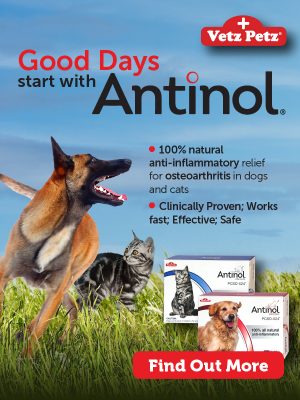The Dangers of Obesity in Cats: Why Chubby is Never Cute
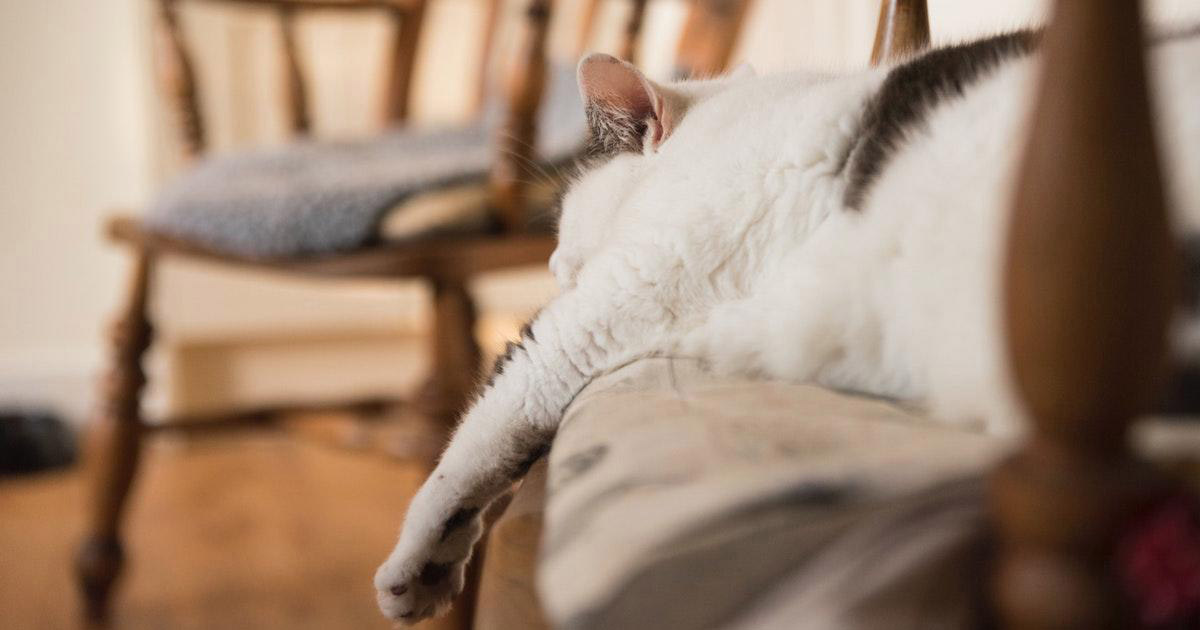
Cover image source: Nick Gordon on Unsplash
Feline obesity is a worldwide health problem; veterinarians around the world are reporting that an increasing number of their feline patients are overweight or obese. According to Dr Megum Kodera of The Cat Clinic, 20% – 30% of the clinic’s patients are overweight or obese, and what’s equally worrying is the increasing number of overweight kitten patients as well.
With feline obesity at astounding rates in other countries, (32% in Australia, 39% – 52% in the UK, and 59.5% in the US), it’s important that we put out the notice that “chubby” is never a cute look for your cat. In fact, scientific data has revealed that even moderate excess weight alone (not yet obesity) is enough to shorten a pet’s life expectancy by as much as 2 years.
With the effects of obesity far-reaching and linked to many other diseases, it clearly means one thing: that cat owners must take feline obesity seriously.
The health risks associated with obesity
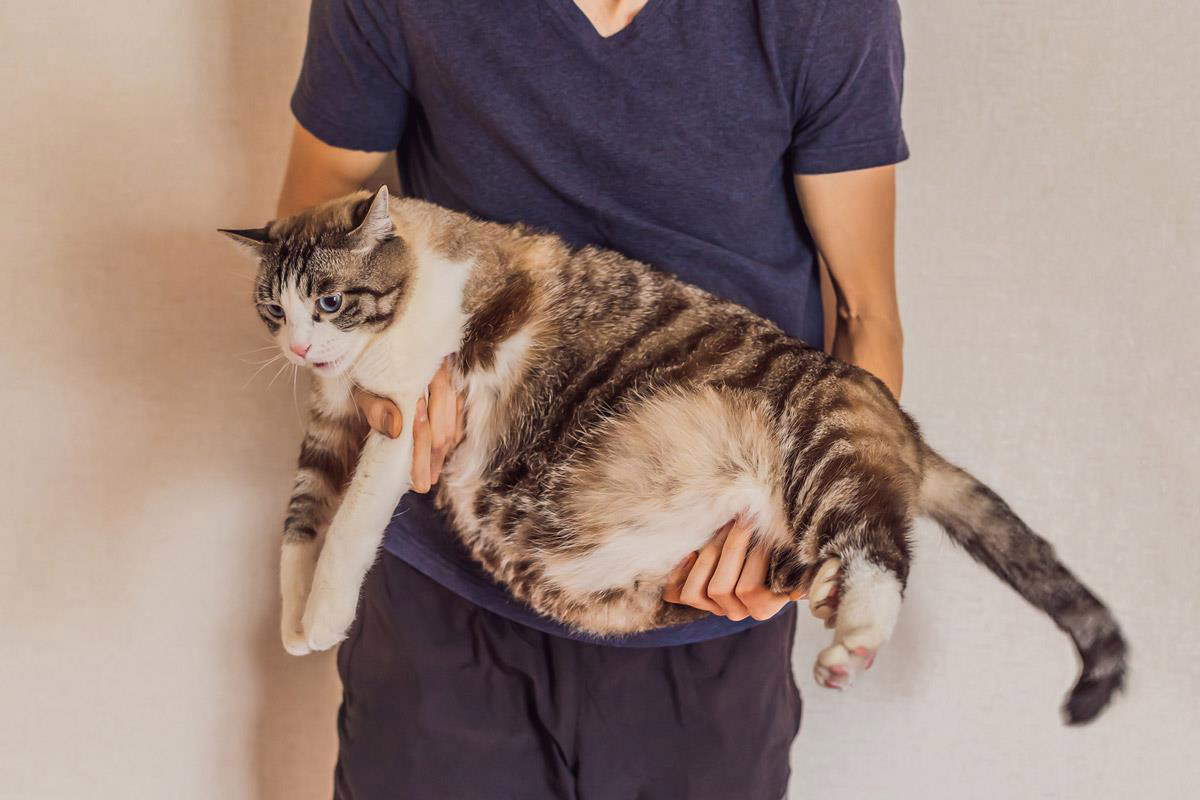
Besides the terrifying fact that excess weight can shave off up to 2 years off our furry companion’s lifespan, there are many other reasons why we need to pull up our socks and fight against obesity in cats.
Classified as a chronic and progressive disease, obesity causes a number of hormonal, metabolic, and molecular changes in the body that lead to the loss of normal body functions. It also affects certain regulators of appetite and hunger that can lead to the cat wanting to eat more, and more frequently, which means that weight gain is a vicious cycle as it changes the biology of the body in a way that favours further weight gain.
Additional weight can then lead to cardiovascular problems like heart disease and high blood pressure in your feline, which can cause secondary complications such as kidney and eye diseases. It has also been linked to breathing problems and a decrease in lung function, making them more vulnerable to a collapsing trachea and laryngeal paralysis. If left untreated, these airway conditions could lead to a respiratory crisis which could even be fatal.
Obesity also dramatically increases the risk of diabetes mellitus, cancers of all types, and can trigger pancreatitis, an inflammatory condition of the pancreas.
Adding on to these diseases, the extra weight puts strenuous pressure on your kitty’s joints, which increases the speed at which its joint cartilage deteriorates. This can lead to joint damage and osteoarthritis (OA), which is a progressive and incurable condition that causes chronic pain. Besides increased wear and tear on the joints, fat tissue itself also contributes to inflammation, which forms a part of the pain associated with OA.
That’s not all — obesity may increase the risk of certain tumour growth, such as benign fatty tumours. Overweight cats also tend to have more skin folds, which can give rise to more skin problems due to irritation and fungal infection of the folded skin.
Is your cat on its way to becoming obese?
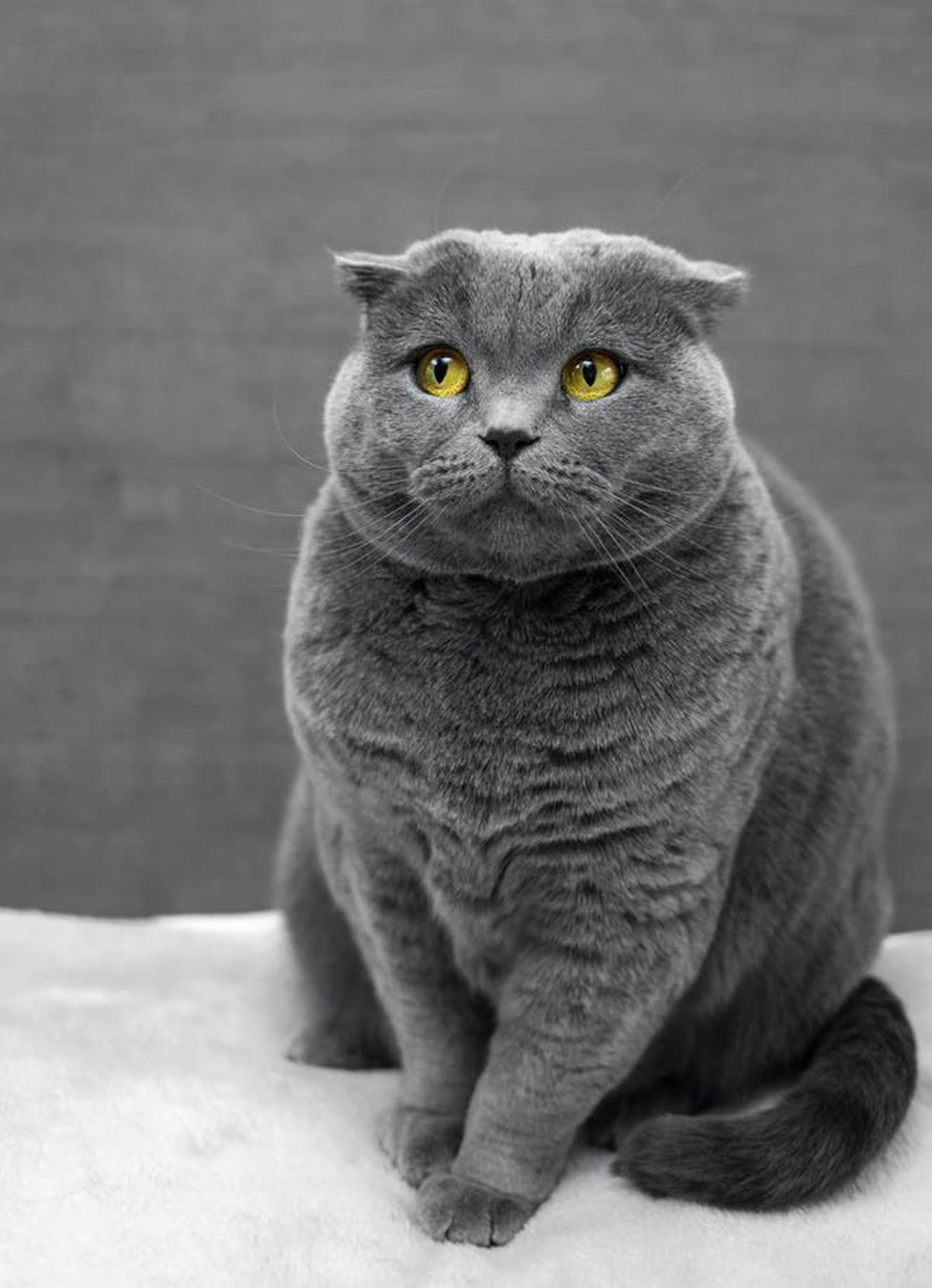
Source: Max Baskakov on Unsplash
It’s very common for pet owners to think that their chubby cat is adorable, perfect, and has no need to go on a diet, but now that we know the health risks involved and the potential suffering that we might be putting our pet through, it’s time to work towards keeping your cat at a healthy weight.
The International Society of Feline Medicine classifies a cat as overweight if it is 10% – 19% heavier than its optimal weight, and obese when it is at least 20% heavier than its optimal weight due to excessive fat accumulation.
To know if your cat ought to lose weight, vets recommend a simple at-home test:
- Place hands on your pet’s rib cage with your thumb on the back. You should feel individual ribs easily with the flats of your fingers, just behind the shoulder blades.
- At the end of the rib cage where the lower back begins, you should feel a clear indentation on your pet’s sides.
- If you were to draw a line along the abdomen from the end of the breastbone to the pelvis, the angle should be 30-40 degrees and the abdomen should look “tucked up”.
Your pet is probably of a healthy weight if:
✓ You can easily feel its ribs
✓ It has a tucked abdomen and no sagging stomach
✓ You can see its waist from above.
Your pet might be overweight if:
✘ You have difficulty feeling its ribs
✘ It has a sagging stomach and you can grab a handful of fat
✘ It has a broad back and no visible waist.
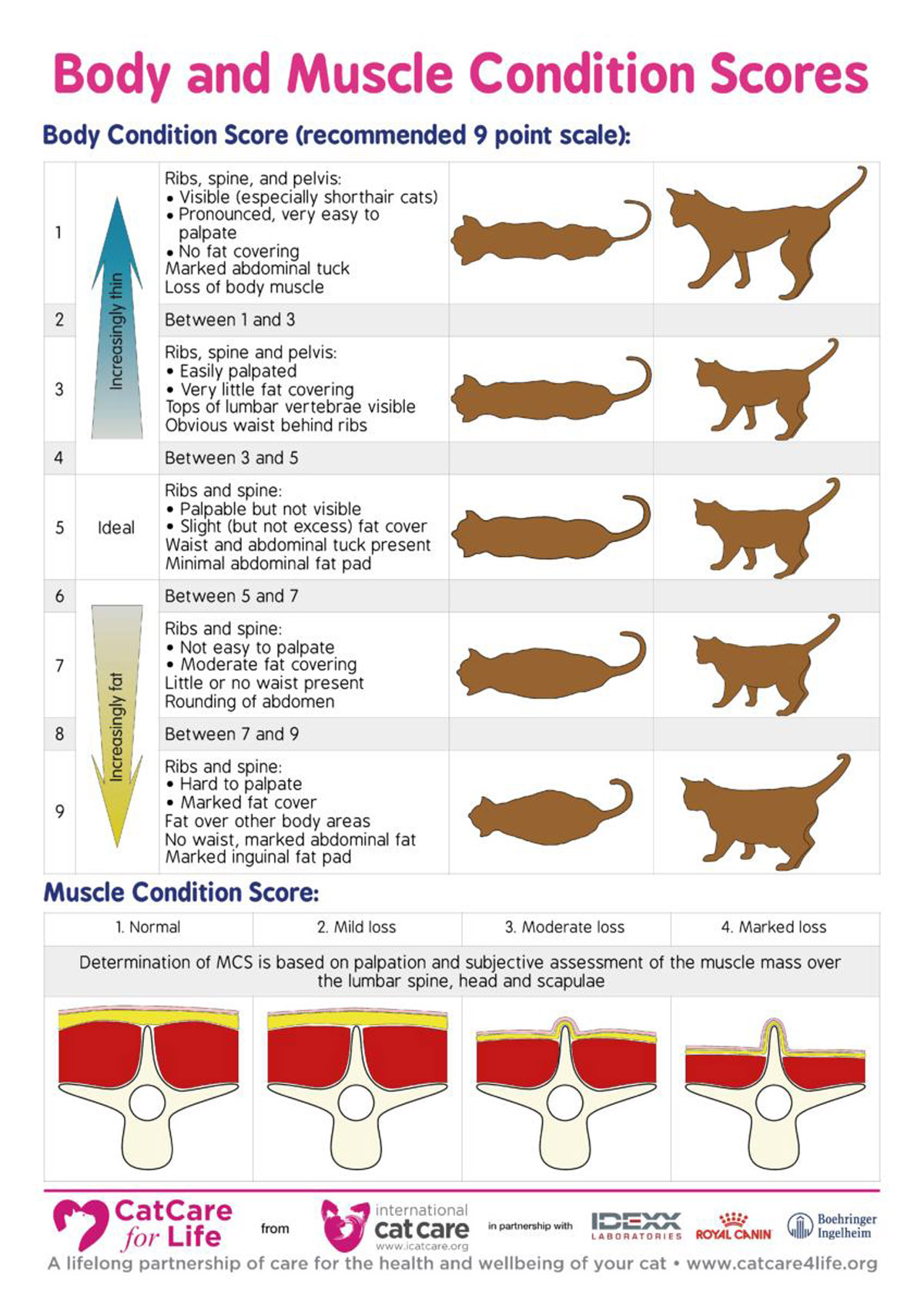
Vets use this chart to assess your cat’s body condition, and so can you.
Source: icatcare.org
It also helps to understand what encourages weight gain to know if your pet has a higher propensity of being overweight, which namely includes age, medical conditions, desexing, lack of exercise, and overfeeding. You may read more about these factors here.
Preventing obesity
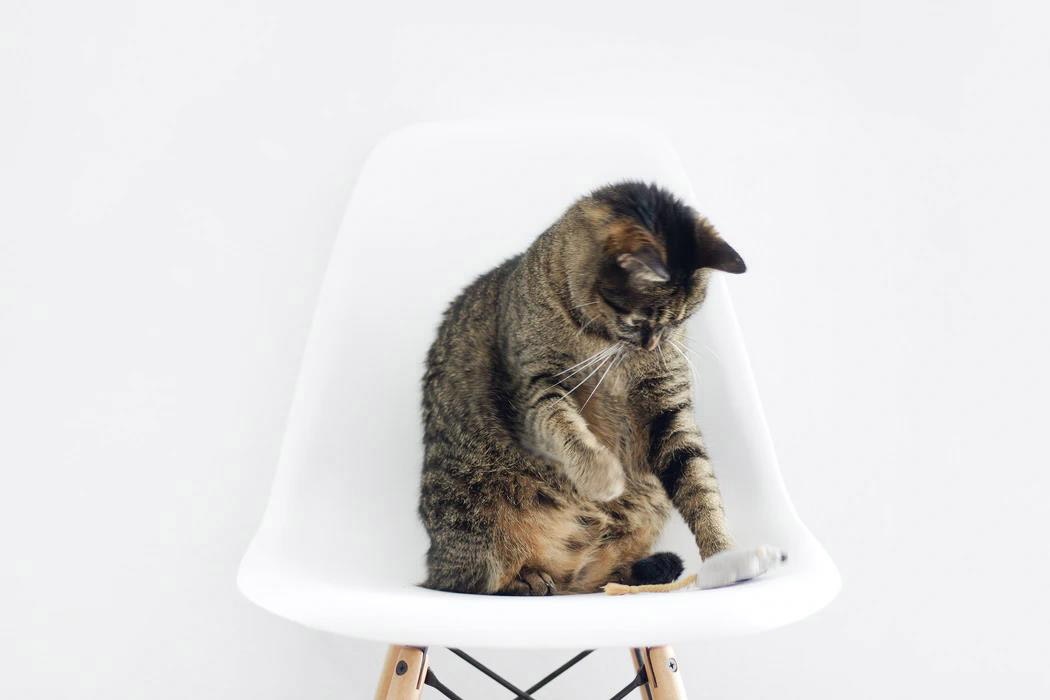
Source: Sarah Dorweiler on Unsplash
To ensure that your cat remains at an ideal, healthy weight, you will have to not only control its food intake but also provide physical activities and exercise that help to burn calories. Here are some measures to keep feline obesity at bay!
- Ask your vet to help you choose the most appropriate food or diet for your cat.
- If it is a kitten, feed according to its breed’s ideal weight — your vet is the best person to assess your kitten’s ideal weight!
- For adult cats, it is also best to base the daily food dose on its breed’s ideal weight, because if you have an overweight cat and you calculate its daily food dose based on its current weight, you will only be perpetuating its overweight state.
- If your cat has been sterilised, gradually reduce its daily food dose by 20% to prevent weight gain as sterilisation will cause a decrease in the cat’s metabolic rate.
- Be firm and limit the amount of treats that you feed your cat.
- Most commercial treats are high in calories, and treats are only meant to be fed as a reward for good behaviour!
- Treats must never be a substitute for a complete and balanced diet.
- Do not feed table scraps!
- Establish specific meal times (twice a day to reduce hunger between meals) and be consistent.
- The daily food dose (based on its breed’s ideal body weight) should be divided between meals.
- Do not give access to kibble 24/7 as this could lead to overeating!
- Purchase interactive feeding toys from the pet store that will allow your cat to “work” for its food. This also helps to provide mental stimulation for your pet!
- Ensure that your cat exercises either through increasing play or encouraging movement around the house.
- Schedule regular weigh-ins with your vet to track both weight and body condition score in your pet’s medical record. This helps to boost accountability, and weight changes can be identified early for minor feeding adjustments, which are always easier to make than major transformations.
At the end of the day, weight loss needs to be a family affair for it to succeed. Every one of your cat’s guardians must have the dedication and commitment to enforce regulated mealtimes, suitable exercise routines, and not indulge kitty in unnecessary calories, so make sure to educate those in your household about the pitfalls of pet obesity!
This article was written with the professional veterinary advice from Dr Lennie Lee of The Animal Clinic.

